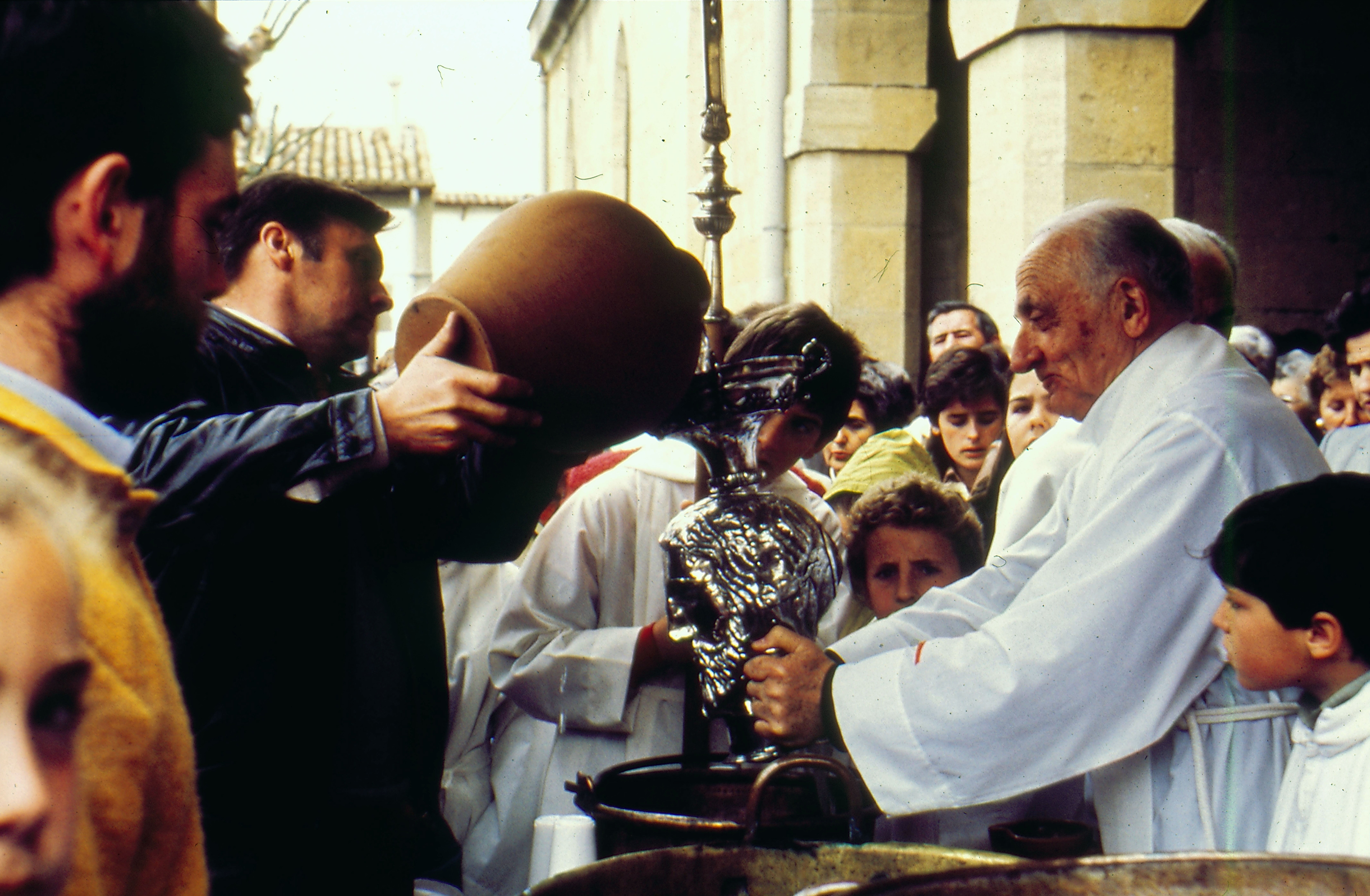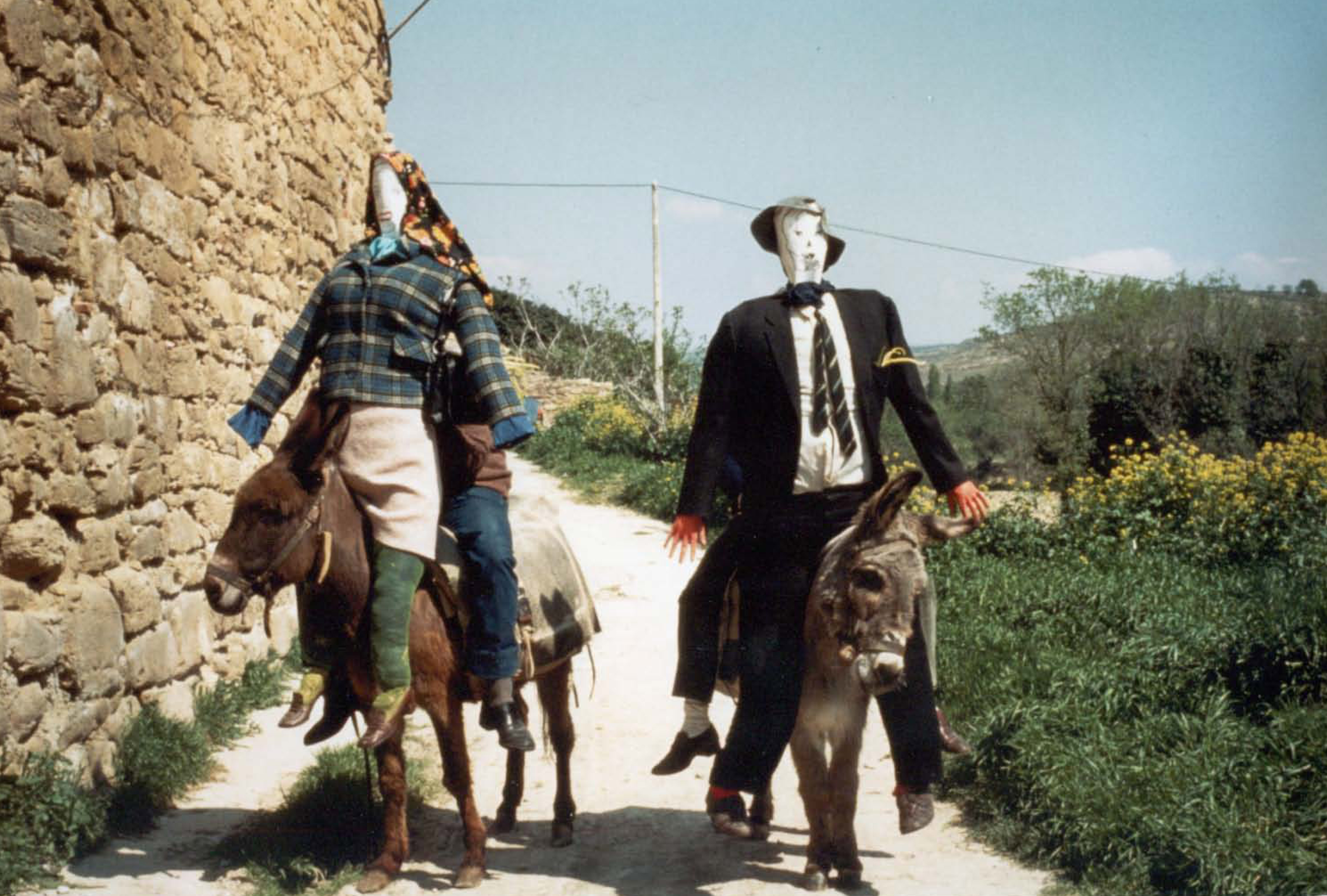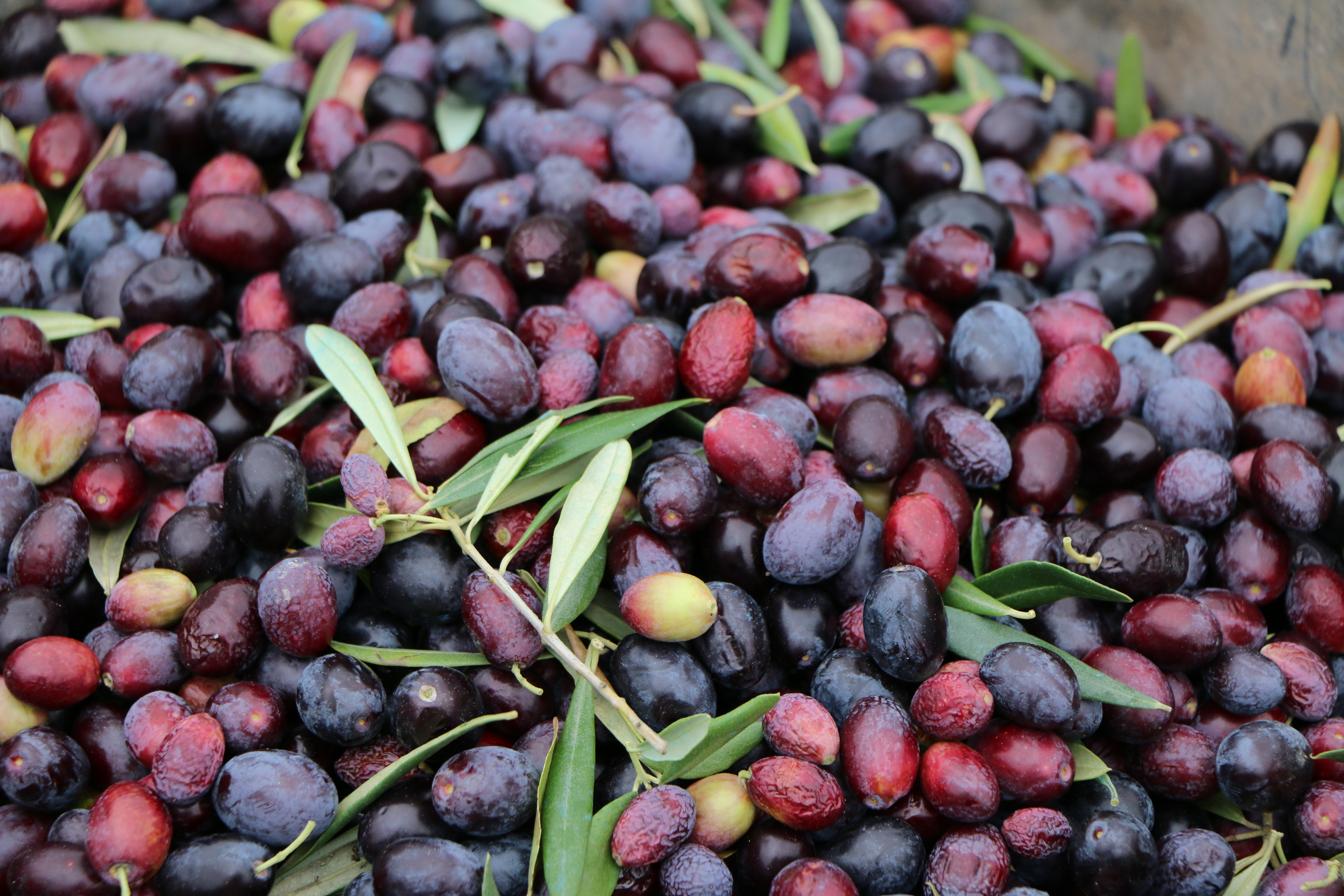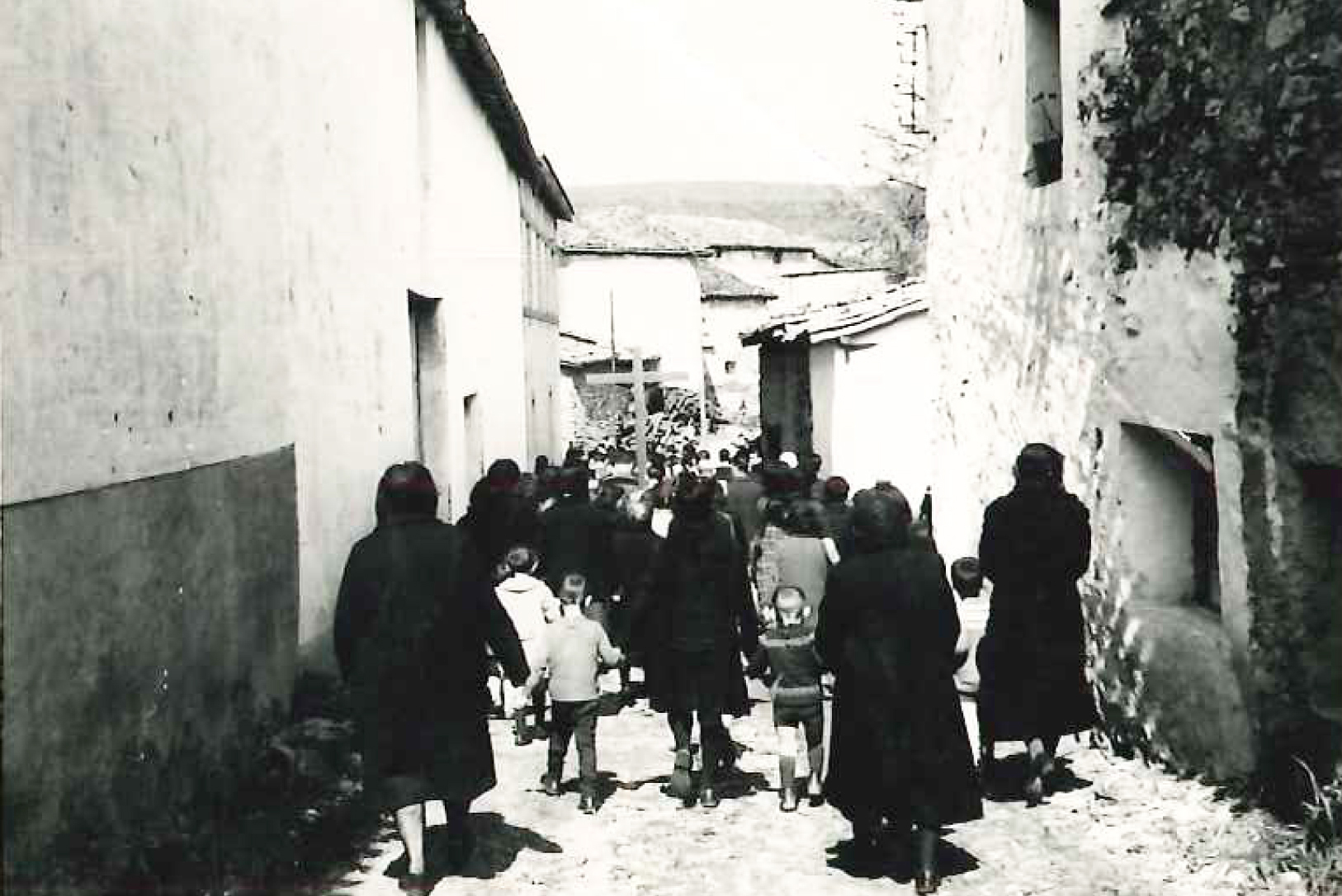Basque ethnography at a glance
Holy Week was over, but celebrations continued in Obanos, a village in Navarre where a most singular ritual is observed on the Thursday after Easter Sunday: water and wine are blessed by pouring them through Saint William’s head reliquary. Events took place on 31 March this year, in the newly arrived spring season 2016. (more…)
The burning of straw puppets at certain times of the year is quite an extended practice in rural Europe and Latin America. Dummies are traditionally burned at Christmas, Carnival, Easter, patron saint celebrations… It is the immolation of Judases during Eastertide in Álava and Navarre we shall address here. Álava and Navarre are the Basque territories where the custom is more deeply rooted. In Álava, it is particularly popular in Salinas de Añana and Lagrán, as well as Moreda and Samaniego. Formerly, mistreatment of Judas figures took place in every town of La Rioja and Álava. (more…)
Striking and surprising as it might be, we have a thriving oil industry in the Basque Country that produces high-quality extra-virgin olive oil. There is no need to travel to Jaén or elsewhere on the Iberian Peninsula to taste delicious olive oil. We have it right here. (more…)
Lent was marked by fasting, both from foods and festivities. Abstention from dancing was a true torment to the lasses, whose only enjoyment consisted in a Sunday stroll or a game of cards.
In small villages young women took a walk on the road, weather permitting. If rain was expected, they gathered at a house to play cards and have some hot chocolate or hormigos, a kind of cornmeal porridge. At the sound of the evening bells, they headed for their homes. Ever ready for a prank, the lads tried to distract the girls and steal their hot chocolate. To this end, they would, for instance, place some pepper on a burning brazier or climb to the window and get the girls’ pot from the sill. Let us remember that, as there were no refrigerators or chillers at the time, stews and desserts were left to cool on the sill. (more…)





